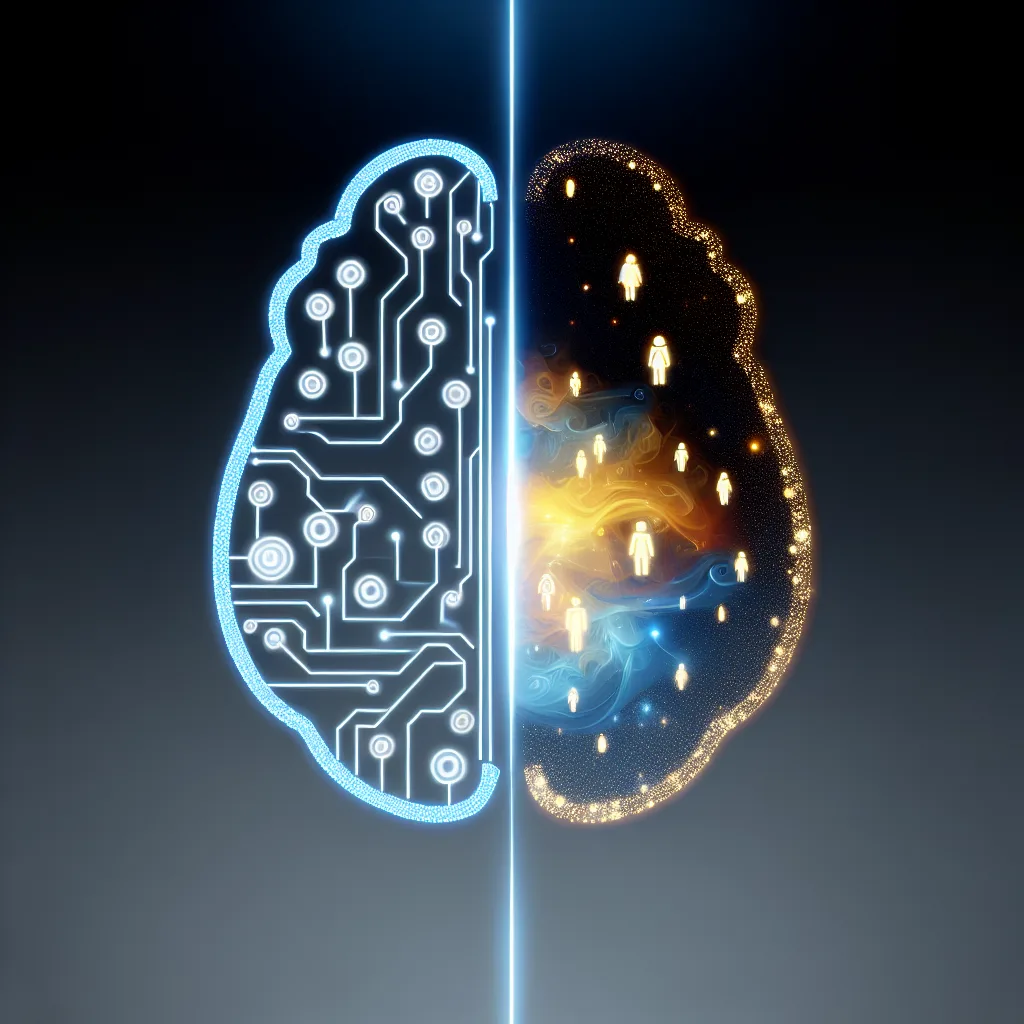Why the global obsession with semiconductors misses the bigger picture of what it really takes to lead in artificial intelligence.
It seems like every time you open a news app, there’s another story about the global battle for computer chips. Who’s making them, who’s buying them, and who’s being blocked from getting them. The narrative is simple: whoever controls the chips, controls the future. But what if that’s only a small piece of a much bigger puzzle? When it comes to winning the AI race, focusing only on the hardware is like judging a five-star meal by the brand of oven it was cooked in. It’s important, for sure, but it’s far from the whole story.
Let’s be honest, it’s easy to see why we’re all so obsessed with the hardware. These tiny, complex pieces of silicon, particularly GPUs from companies like Nvidia, are the engines of modern AI. They perform the trillions of calculations needed to train large language models and other AI systems. Having the fastest, most powerful chips gives you a significant head start. But a powerful engine is useless without a car to put it in, fuel to make it run, and a skilled driver to steer it.
The Real Ingredients for Winning the AI Race
If you zoom out from the microscopic circuits on a chip, you start to see the other, equally critical components of AI dominance. It’s not a single resource, but a thriving ecosystem. And that ecosystem is built on a few key pillars:
- Data: The Fuel for the Fire. An AI model is only as good as the data it’s trained on. You can have the most powerful chip in the world, but without vast, high-quality datasets, it’s just a hot piece of sand. This data is the lifeblood of AI, teaching it to recognize patterns, understand language, and make predictions. As the Stanford Institute for Human-Centered AI points out, the scale and quality of data are fundamental to a model’s capabilities. It’s the digital equivalent of a lifetime of experience.
- Talent: The People Behind the Platform. AI doesn’t build itself. It takes armies of brilliant data scientists, machine learning engineers, and researchers to design, build, and refine these complex systems. A country or company can have all the chips and data it wants, but without the human expertise to leverage them, they’ll fall behind. This is a global talent pool, and attracting and retaining these minds is a massive competitive advantage.
-
Application: Putting AI to Work. A groundbreaking AI model that exists only on a server is a fascinating academic exercise. But true progress—and a real edge in the AI race—comes from application. It’s about integrating AI into the real world to solve actual problems. Think about AI that optimizes a supply chain, discovers new drugs, or makes a city’s power grid more efficient. According to a report from McKinsey, the value of AI is unlocked through its practical adoption in business and society. Without this last mile of integration, the potential of the technology remains untapped.
A Different Strategy for the AI Race
Interestingly, we’re seeing this play out in real-time. Take China, for example. Facing restrictions on accessing the most advanced foreign-made chips, they can’t simply rely on having the best hardware. This limitation forces a shift in strategy.
When you can’t easily buy the best oven, you have to get incredibly good at perfecting the recipe. This means doubling down on the other parts of the ecosystem: cultivating massive, unique datasets, training a generation of AI talent, and, most importantly, becoming masters of practical application. It’s a strategy born of necessity, but it highlights a fundamental truth—that leadership in AI isn’t just about owning the best tools, but about being the most creative and efficient at using the tools you have.
This approach focuses on building smart, efficient software that can get the most out of less powerful hardware. It’s about finding clever ways to make AI work in thousands of different industries, from manufacturing to e-commerce.
So, while the headlines will keep focusing on the chip wars, the real story of winning the AI race is much more nuanced. It’s a quiet, sprawling competition happening in universities, startups, and massive tech companies around the world. It’s about who can build the most complete and effective ecosystem.
The next time you read about a new super-chip, remember that it’s just one piece on a very large and complex chessboard. The real winners will be those who understand how all the pieces work together.
